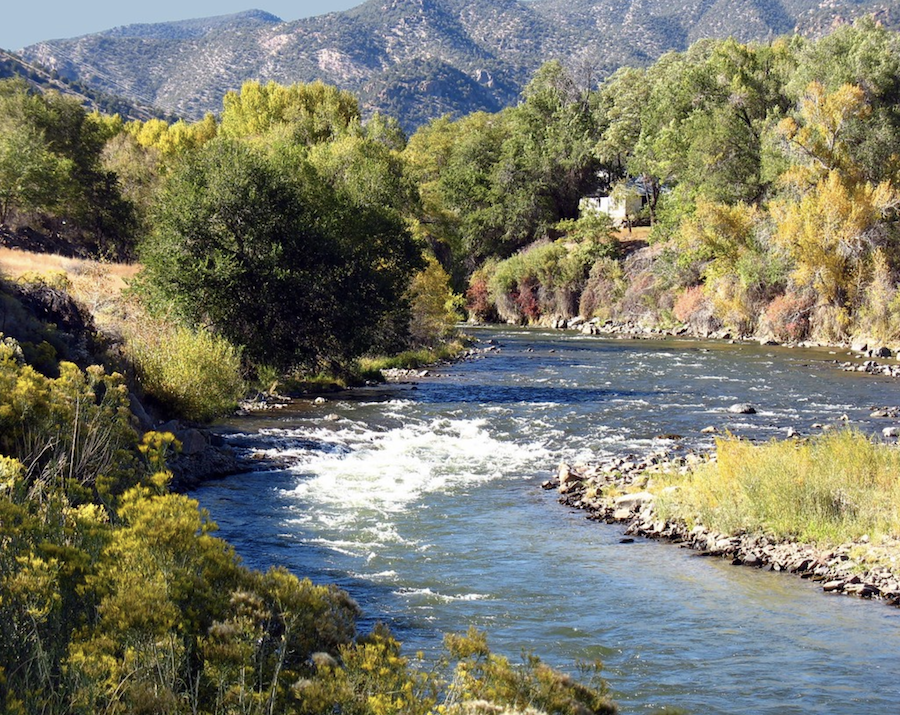

In 1972, just two years before singer-songwriter John Denver was inspired to write Rocky Mountain High, the population of his favorite state of Colorado was 2.21 million. By 2021, the population had more than doubled to 5.8 million. And it is still growing rapidly. According to NumbersUSA’s new Colorado Sprawl Study, 53% of the growth is due to people moving into and out of the state, with 34% of this number coming from international migration.
Colorado voters want their representatives in Congress to support reduced immigration at the national level. And 90% of Coloradans have indicated they “desire a future in which far fewer people move into the state.”
John Denver wrote and recorded Rocky Mountain High inspired as many Americans still are, by the majestic beauty, wonder and grandeur of the Rockies, as well as the state’s abundant wildlife, raging rivers and wide open spaces. On March 12, 2007, the Colorado state Senate passed a resolution making Rocky Mountain High one of two official state songs:

But the Colorado Rocky Mountain high
I’ve seen it rainin’ fire in the sky
The shadow from the starlight is softer than a lullaby
Rocky Mountain high (Colorado)
Rocky Mountain high (High in Colorado)
Tragically, John Denver’s life was cut too short in a plane crash October 12, 1997. Had he lived, one does wonder what he would have thought of the disappearance between 1982-2017 of 1,250 square miles of open space, natural habitat, and conversions of farmland into housing, shopping malls, streets and other urban development.
None of us will, of course, have the opportunity to ask him. But even 50 years ago, with just half the population of that which Colorado now struggles to support, Denver seemed to be writing a cautionary tale into the composition of the state’s official tune:
Now his life is full of wonder, but his heart still knows some fear
Of a simple thing he cannot comprehend
Why they try to tear the mountains down to bring in a couple more
More people, more scars upon the land
Denver, Colorado’s capital city from which the singer-songwriter took his stage name, experienced a 19.22% leap in population growth between the 2010-2020 Census reports.
The Colorado River, from which the state derives its name, is drying up. Is this to be a symbolic irony that the very inspirational reasons so many people are drawn to live in Colorado may result in literally loving it to death?
 |
 |
Residents of Colorado want their state legislators and policy makers to stop planning the next housing development or shopping mall and just listen. Because the “Colorado River is Sending a Message.” It’s a message that eerily seems to speak as a prophetic answer to John Denver’s concerns, now over 50 years ago, of what “more people, more scars upon the land” could reap, especially now that all that growth is happening at the same time water in the West is becoming more and more scarce.
Colorado’s state leaders must listen to its people and to nature’s warnings to slow population growth. And all Americans must demand that Congress do its part too. A good place to begin is to ask our representatives to restart the work that began under the 1993 President’s Council on Sustainable Development which included plans to establish a sensible and sustainable limit to immigration levels.
CHRISTY SHAW is the Member Services Manager for NumbersUSA